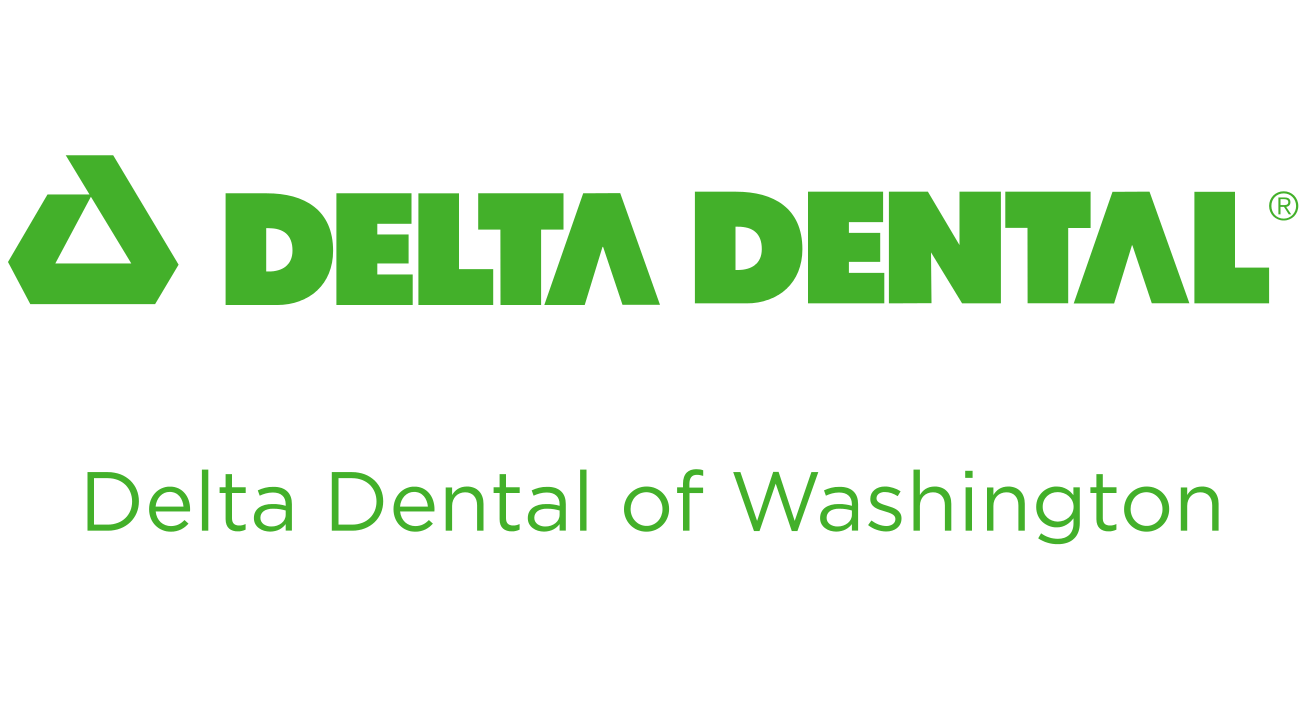Notice:
We are supporting members and providers impacted by the tragic flooding in Washington state. Click here to learn more.
Dental Insurance 101
Your ultimate guide to dental insurance
Our Dental Insurance 101 guide is your ticket to learning everything there is to know about dental insurance. Whether you’re researching dental insurance for the first time or looking to level up what you know about your current dental plan, we’re here to help set you up for success.
-
Is Dental Insurance Worth It?
These days, insurance companies offer coverage for just about any life event imaginable. It isn’t always clear which forms of protection are necessary and which are a waste of money. Take dental insurance. Is dental insurance worth it, or is your hard-earned money better spent elsewhere?
-
How does Dental Insurance Work?
How does dental insurance work? If just reading the title of this article makes your eyes glaze over, you're not alone. But contrary to popular belief, dental insurance isn’t very confusing. By and large, dental insurance plans are pretty straightforward, and with a little information anyone can understand them. In fact, I’d bet my two front teeth I can explain how health insurance works in under five minutes. Shall we try?
-
What is a Dental Network?
If you spend a few minutes researching dental insurance options, “dental network” is one of the first terms you come across. Dental networks are an important part of dental insurance, because they keep costs low for you, your dependents and your employer.
-
What is a Dental Insurance Deductible?
You shopped around for dental insurance, considered the different premium options, and compared costs. You are ready to make your decision when suddenly you notice one more number — the deductible. What in the world is a dental insurance deductible? And what is the difference between the dental insurance deductible and other out-of-pocket costs like premiums and copays?
A healthy smile is a powerful thing.
-
What is a dental insurance annual maximum?
I feel a little sorry for dental insurance annual maximums. They get a bad rap. Annual maximums are the most feared and misunderstood of all dental insurance costs. They sound scary, but they aren’t actually.
-
What is Coinsurance?
Coinsurance - what? No, I’m not speaking Greek. I’m just speaking dental insurance. If you are new to dental insurance, the concept of coinsurance probably throws you for a loop. Admittedly, it is a confusing name for a somewhat confusing topic. But don’t skip over this one, because dental coinsurance plays a big part in your out-of-pocket dental costs.
-
Waiting Periods and Dental Insurance
You waited forever to buy dental insurance and now that you finally have it, you are probably eager to use it. But wait a minute — what is all this business about waiting periods? What exactly is a dental insurance waiting period, and is it possible to find a dental insurance plan with no waiting period?
-
How to get Dental Insurance
If you’re considering adding dental insurance to your life, you may have a question or two about how to get it. The truth is, there is more than one way to get access to dental insurance, but the way you do it depends entirely on your situation. Let’s break the different ways people typically get dental insurance.
Find the right plan for you
-
What is a Copay?
copayments, also known as copays, are a common feature in dental insurance plans. If you’ve used health or dental insurance before, you probably paid a copayment during your office visit. But what actually is a copay? How do copayments work? And what is the difference between copays and other types of common insurance payments? Let’s unpack the details.
-
How Much Does Dental Insurance Cost?
If you ask me about dental insurance, I’ll talk forever about annual maximums, and coinsurance, and deductibles. But at the end of the day, only one thing really matters: how much does dental insurance cost? I get it. You want your money’s worth from your dental insurance. You want to know if the monthly cost of your dental insurance premium is worth the coverage you get.
Frequently Asked Questions
Who can purchase individual dental plans?
DeltaDentalCoversMe offers coverage to all permanent residents of Washington state. Spouses and/or dependent children are also eligible.
Can I get dental coverage if I am part of a Medicare plan?
Yes. Medicare Parts A and B exclude routine dental care and Medicare Advantage plans vary widely in the amount of dental coverage they provide. Medicare annual enrollment periods don’t apply to dental coverage, so you can enroll any time.
Is it easy to enroll?
Yes! The fastest way to enroll is online at DeltaDentalCoversMe.com. Simply follow the step-by-step instructions on the website.











